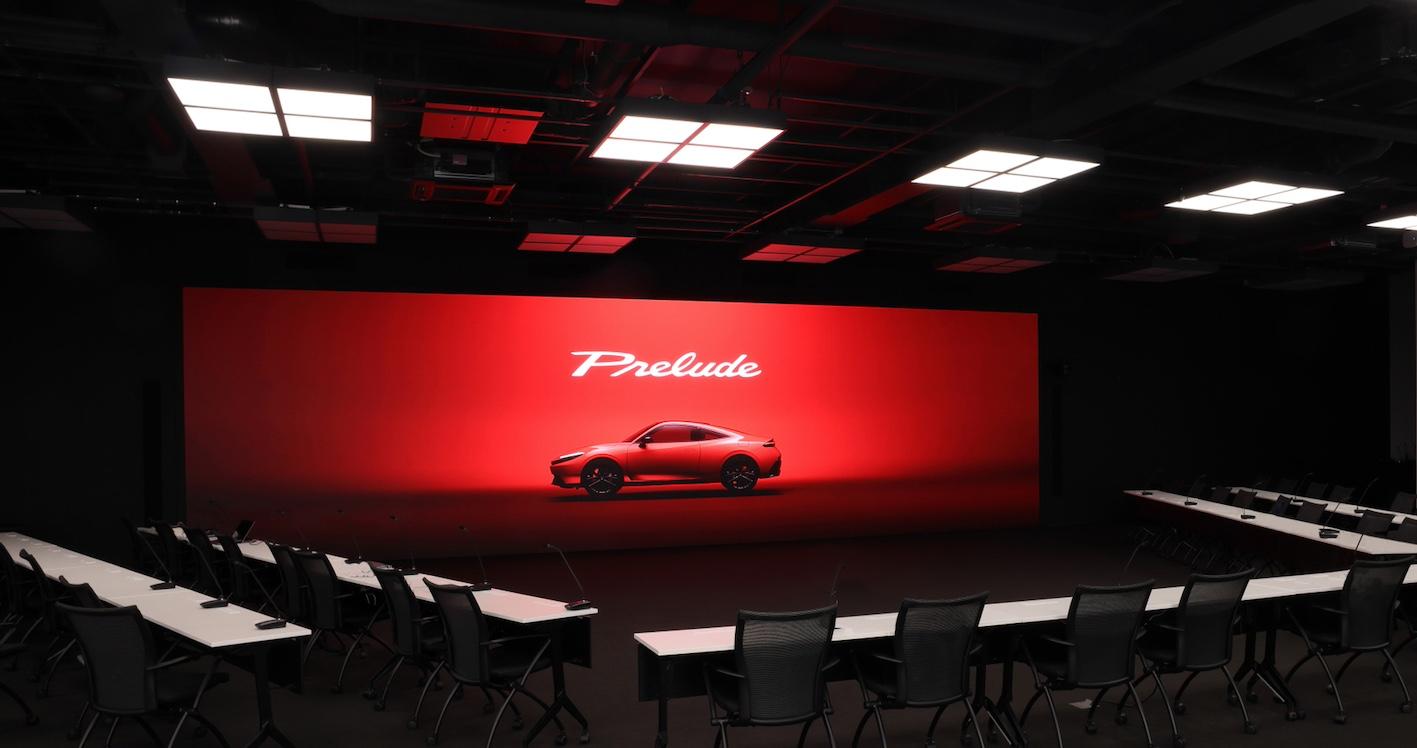Visit to the Design Studio
I received a sufficient number of images to gauge the inside of the Design Center, so no further explanation from me is needed. Opportunities like this are rare.
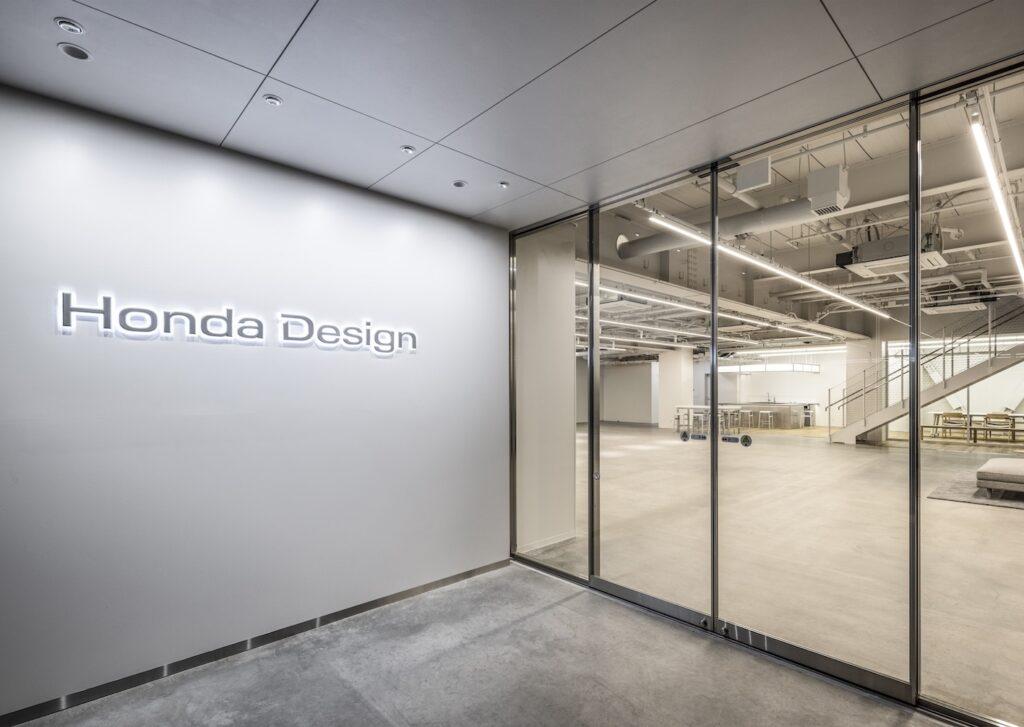
PHOTO: HONDA

PHOTO: HONDA

PHOTO: HONDA

PHOTO: HONDA

PHOTO: HONDA
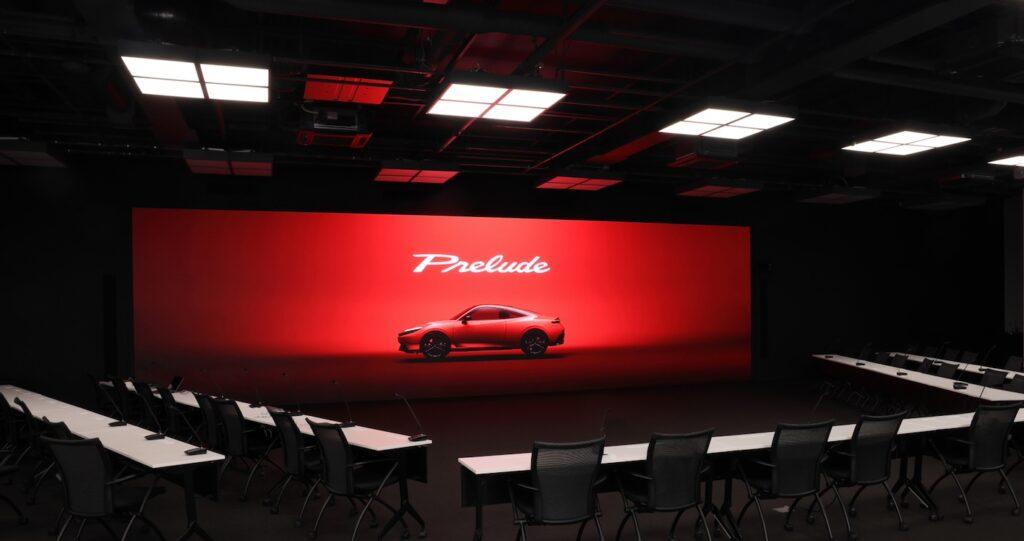
PHOTO: HONDA
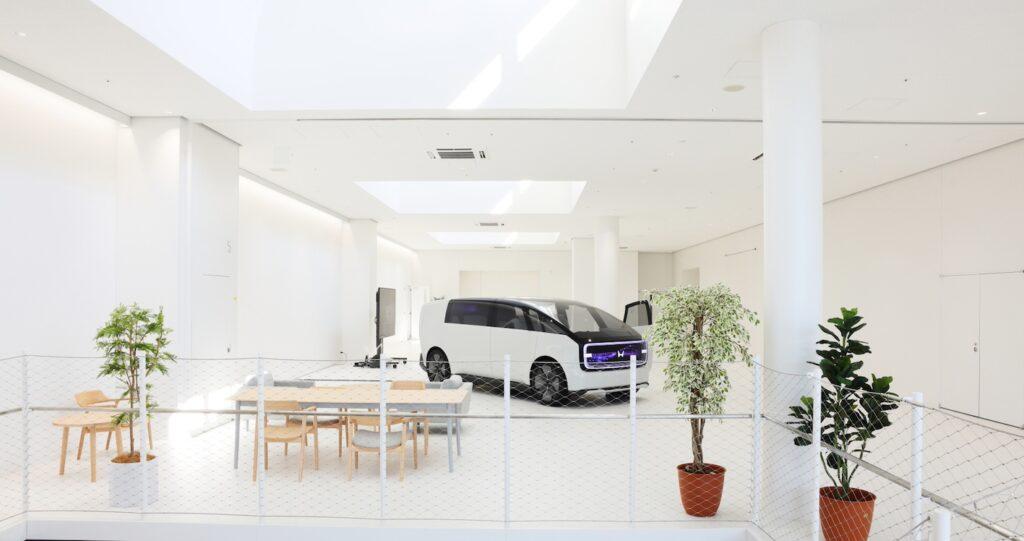
PHOTO: HONDA
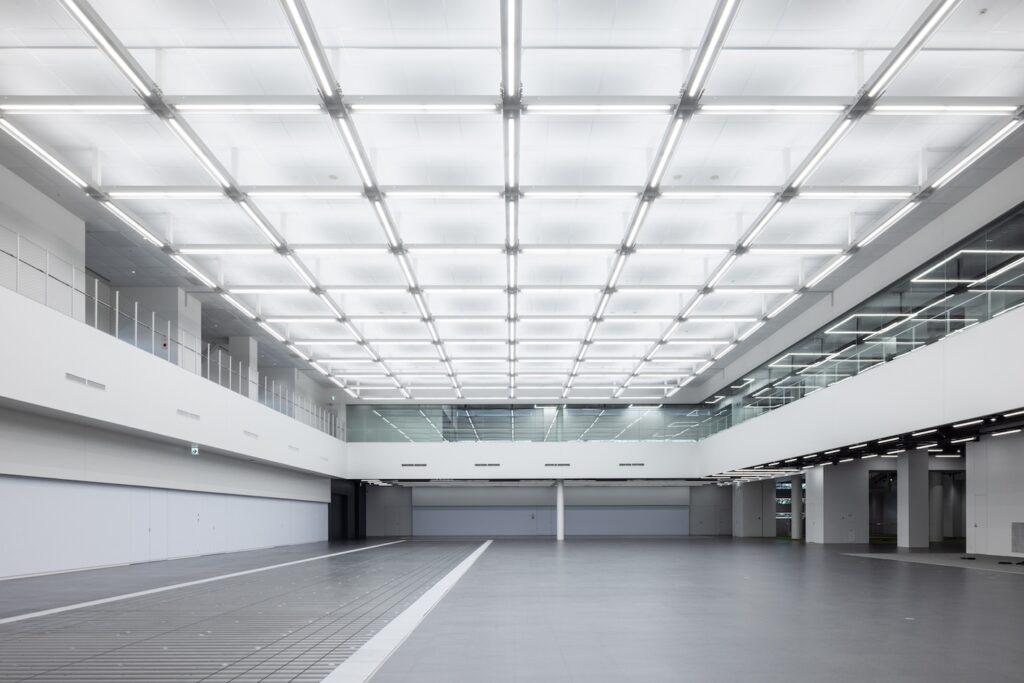
PHOTO: HONDA
A glimpse into the daily life of a designer!
Showcasing designers at work on the newly renovated design floor. Opportunities like this are rare and valuable, so take a good look!
All photos courtesy of Honda.
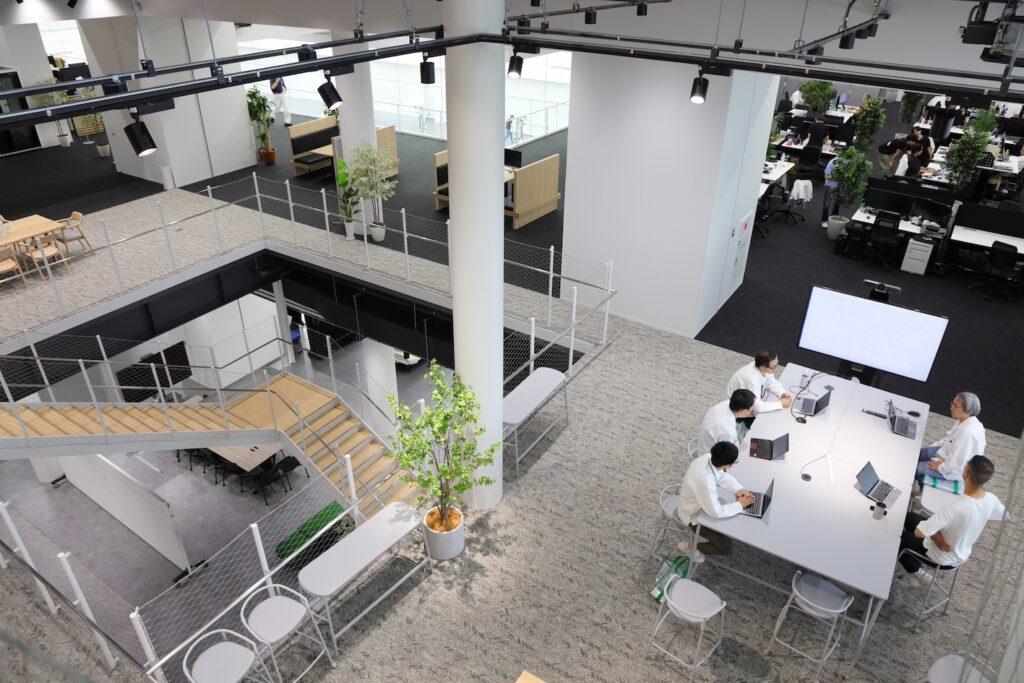
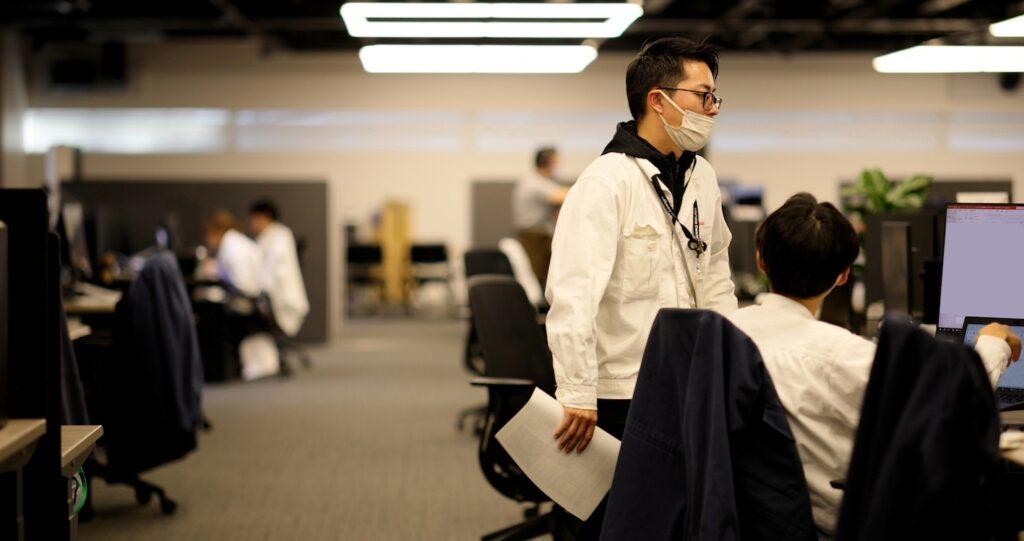

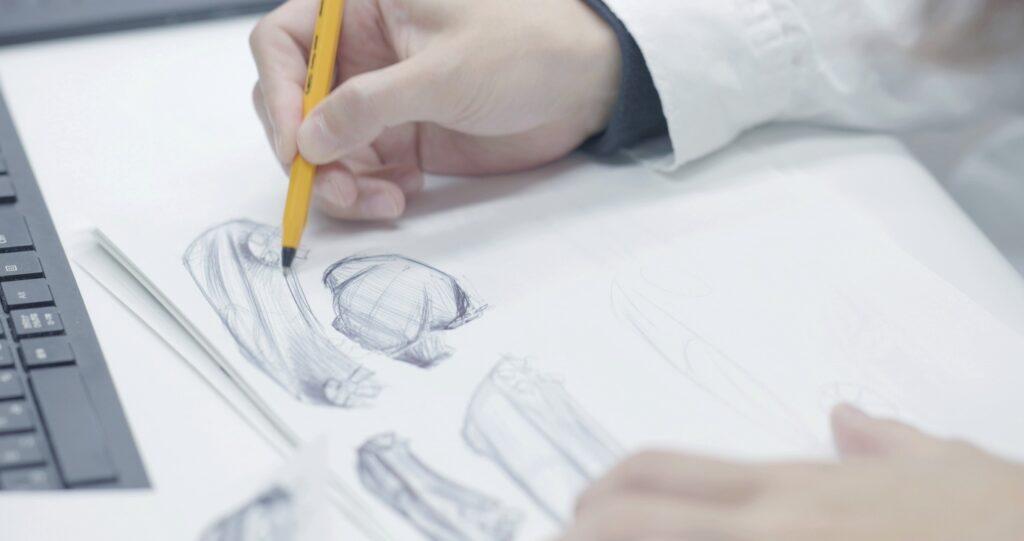
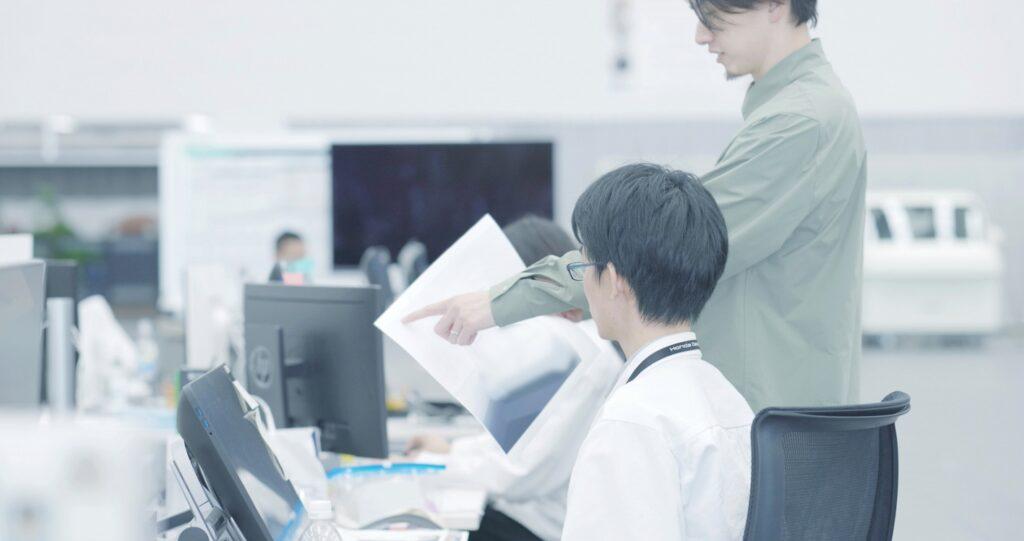
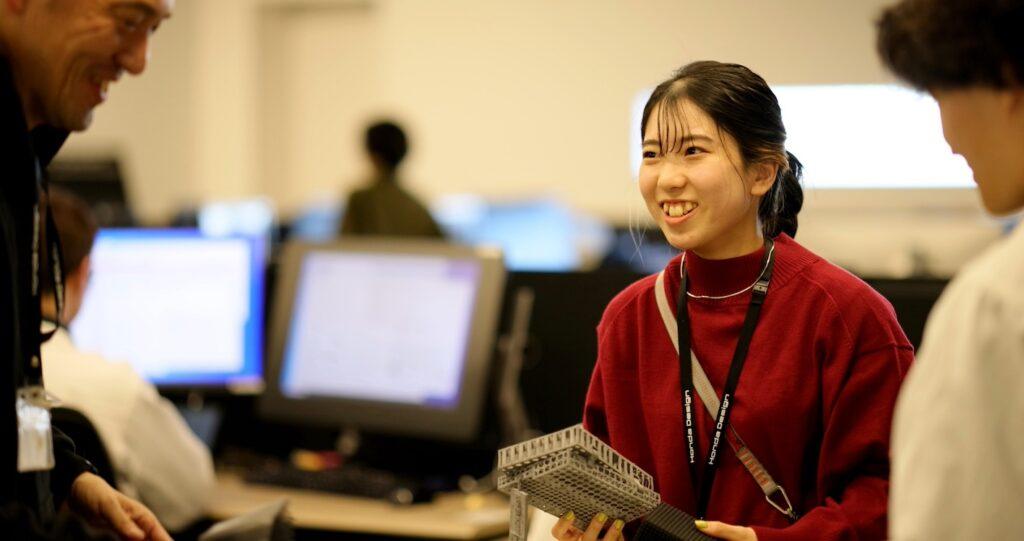
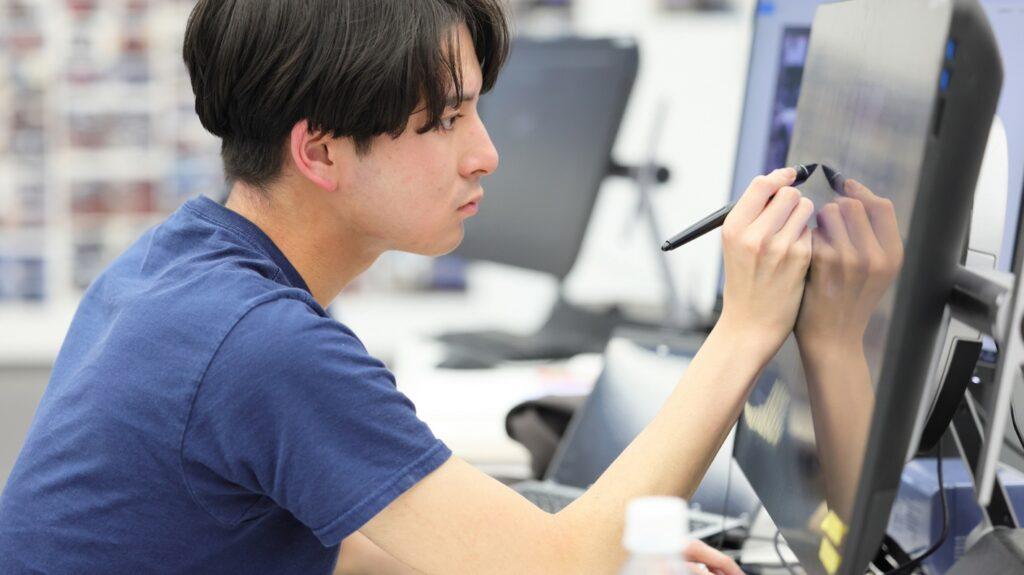
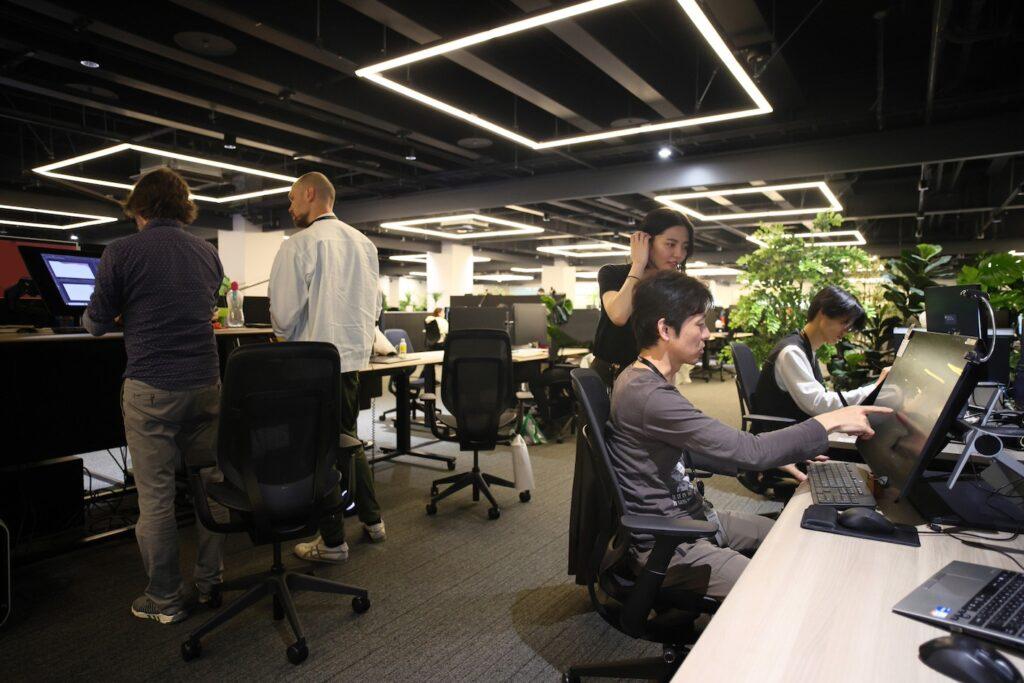
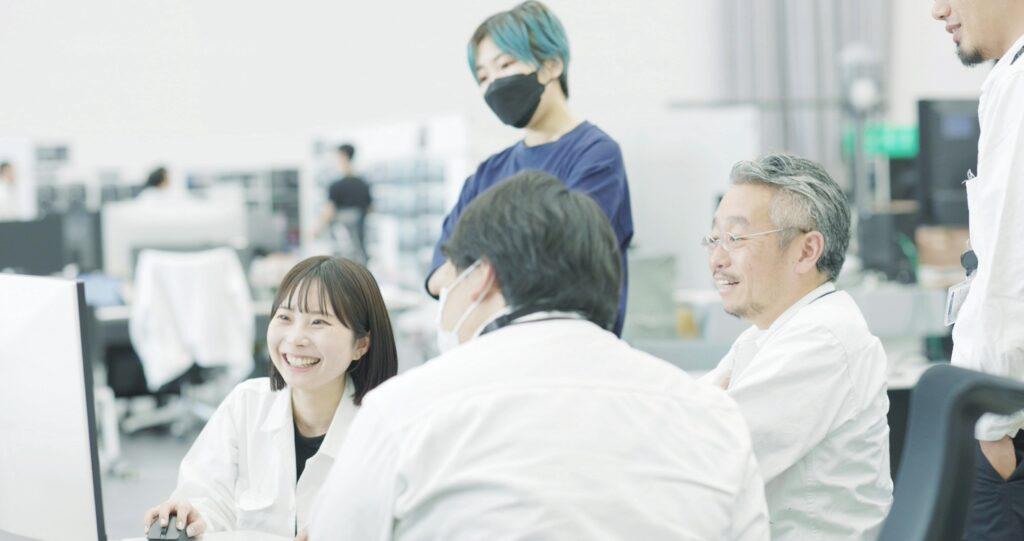
[My Opinion]
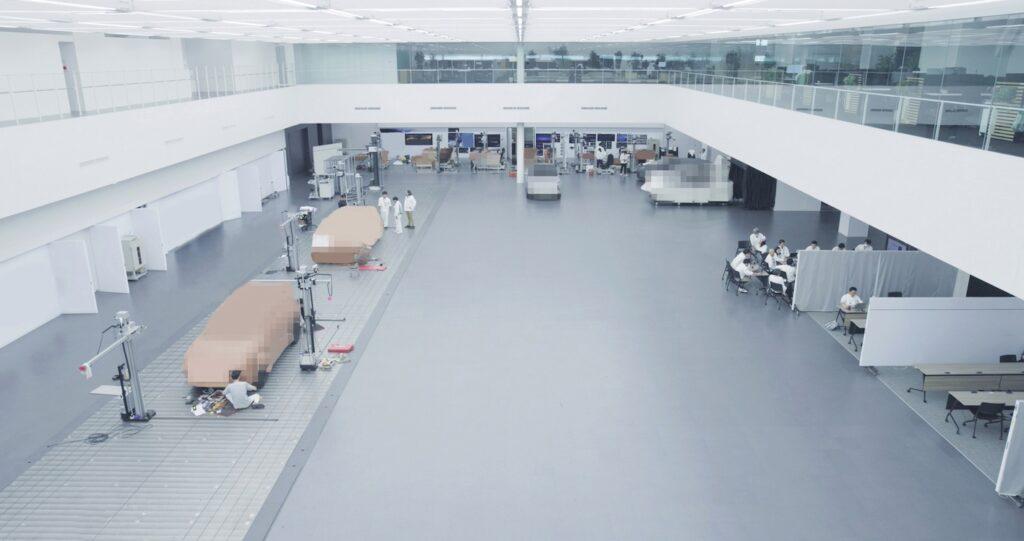
A model floor with ample distance for viewing the models properly. I emphasize this point because this distance is an essential requirement that a studio must meet when developing shapes. However, this necessity is often not understood by the budget management department, as they tend to see it merely as wasted or unnecessary space.
Just like a vast test track or crash test facility, this spatial distance is necessary for developing design. Design is one of the crucial performance aspects of a car, and the space is an essential facility for achieving its performance targets. Unfortunately, this necessity is often misunderstood or overlooked.
Despite Japan’s long history of developing cars, there has been slow progress in understanding that design is a business resource and a performance requirement for cars. I often felt deeply frustrated by the lack of understanding and the frequent need to endure compromises. However, upon seeing this studio, I felt that Japanese manufacturers might finally be starting to change their perception and understanding of the concept of design.
Lastly,
I would like to express my sincere gratitude not only to everyone at the Honda Design Center but also to the related departments and the public relations team for their tremendous support during this Design Top Interview. Moreover, thanks to the generosity of the Honda Design Center, we were given the rare opportunity to showcase the design field, for which I am truly grateful.
Given the nature of the design field, where tomorrow’s unseen products take shape before our eyes, it is typically a place that outsiders rarely get to glimpse. This made our experience all the more special.
Although it’s on the web, I would like to extend my heartfelt thanks once again.
Editor-in-Chief: Osamu Namba

![by Car Styling [カースタイリング]](https://motor-fan.jp/wp-content/uploads/2025/04/carstyling-jp_logo.png)
